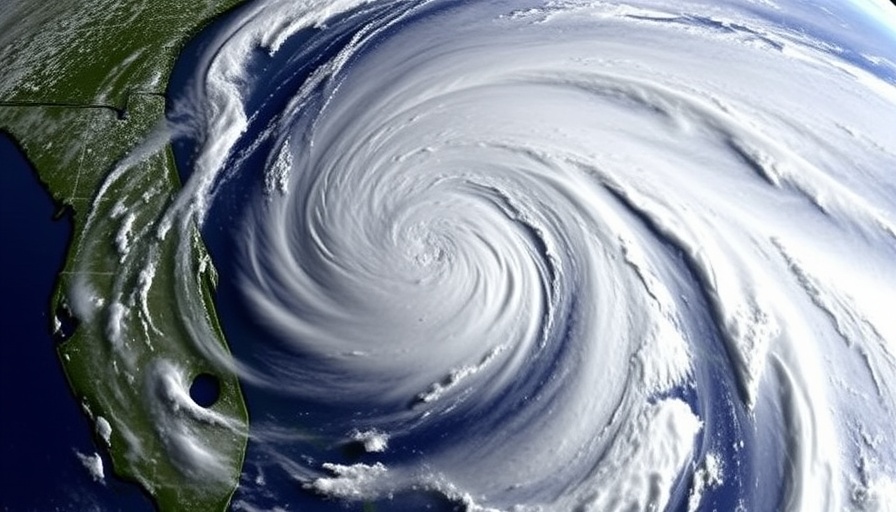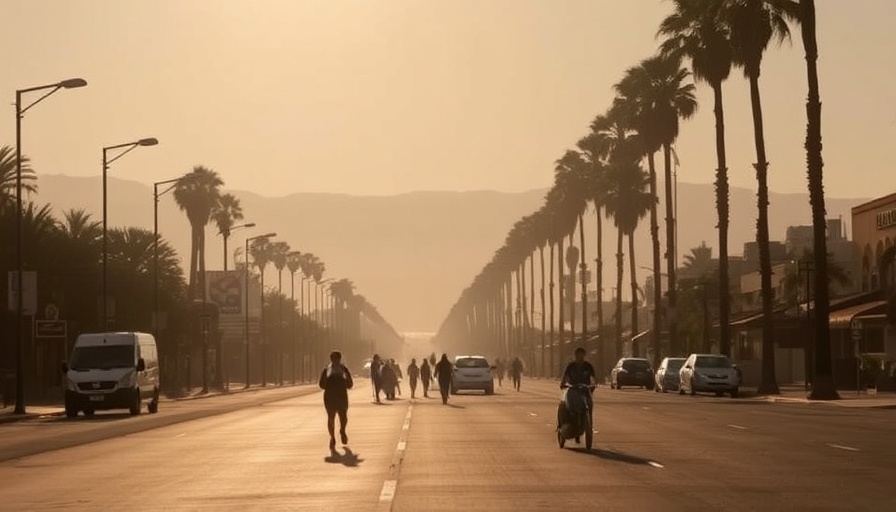
Paris Makes Waves: A Century-Long Swimming Ban Lifted
In an exciting development for Parisians and tourists alike, swimming in the iconic River Seine has been officially reopened, ending a ban that has lasted for over 100 years. This initiative is a part of a larger reform to enhance the river's cleanliness and safety, making it an integral part of leisure and community activities for both locals and visitors.
What This Means for Urban Living
The decision to allow swimming in the Seine was influenced not only by a historic cleaning project but also by changing attitudes toward urban waterways. As cities become more focused on livability, initiatives like this can foster community interactions and promote healthier lifestyles. For property buyers and investors in Dumfries looking at community-centric lifestyle changes, this could signify a shift in perspectives. Urban spaces are increasingly becoming adaptable for leisure, and taking advantage of natural features can enhance property values.
Swimming Sites to Watch: A Closer Look
The newly opened swimming areas at the Seine include three sites in Paris: Bercy (12th arrondissement), Bras Marie (4th arrondissement), and Bras de Grenelle (15th arrondissement). Each site is equipped with safety measures such as lifeguards, changing rooms, and shower facilities, catering to the comfort and safety of swimmers. The local government anticipates welcoming around 1,000 swimmers daily until the end of August, presenting a lively atmosphere amidst the backdrop of iconic Paris landmarks.
Environmental Impact: A Step Towards Cleaner Waters
This monumental change follows a significant €1.4 billion investment to clean up the river and improve associated sewage infrastructure. The initiative ties in with preparations for hosting the 2024 Summer Olympics, highlighting a critical transition in Paris’s environmental policies. For eco-conscious homebuyers and investors, understanding the impact of infrastructure improvements on property value can guide informed decisions in future investments.
Community Reactions: Balancing Enthusiasm with Caution
While many residents eagerly embrace the chance to swim in the Seine, some remain skeptical. Local opinions vary, with individuals like François Fournier expressing concerns regarding water safety due to historical pollution issues. This mix of excitement and caution exemplifies the delicate balance in public sentiment when urban transformations occur. For those interested in community dynamics, observing how residents adapt to shifts in public amenities can offer insights into lifestyle preferences and potential property investments in nearby areas.
Future Developments: What Lies Ahead for the Seine?
The reopening of the Seine for swimming presents promising trends for urban revitalization. Following the Olympic festivities, continuous efforts towards sustainability could reshape how residents interact with their environment. Looking ahead, developments in urban infrastructure might pave the way for more recreational activities along rivers and lakes across the globe. For forward-thinking investors, recognizing these patterns could offer valuable opportunities in properties adjacent to attractive community amenities.
As Paris takes this significant step into a new era of public recreation, the ripple effects can inspire similar initiatives across other cities battling with urban pollution. To stay updated on how such transformations affect local property markets or for expert insights into investing in livable cities, reach out and learn about the opportunities that await your next investment!
 Add Row
Add Row  Add
Add 





Write A Comment